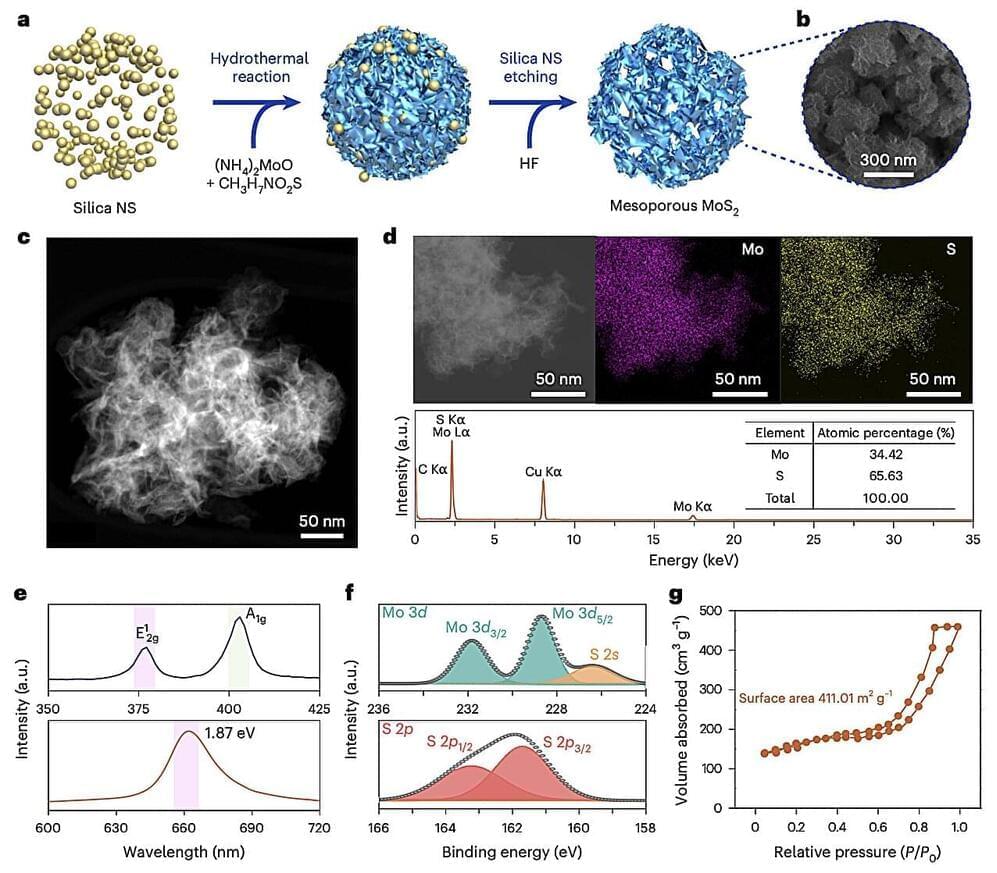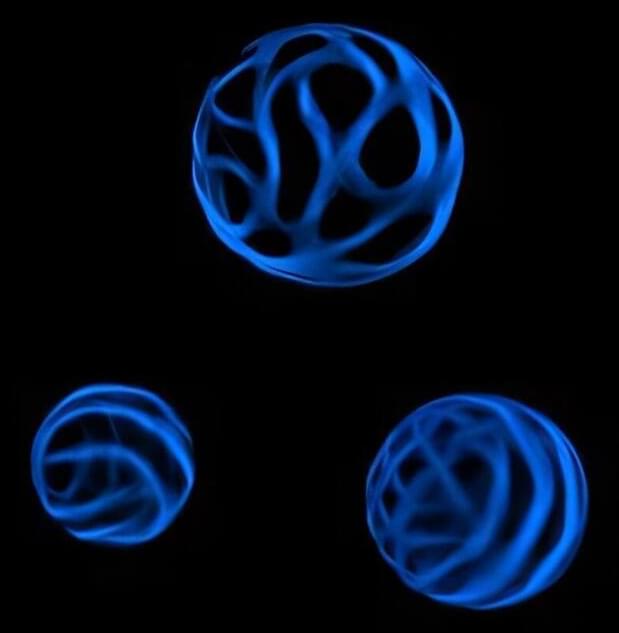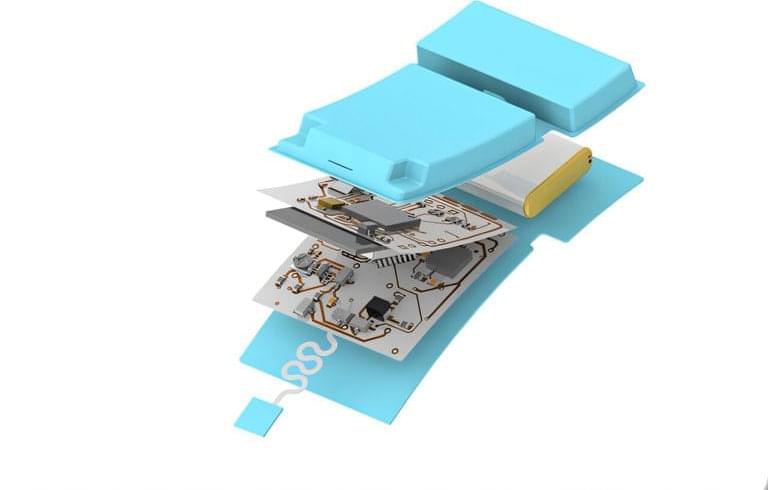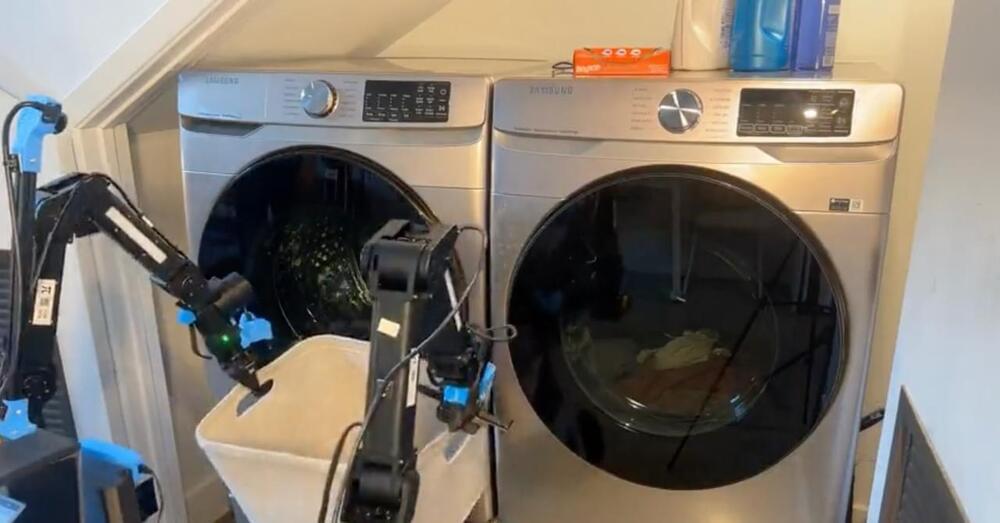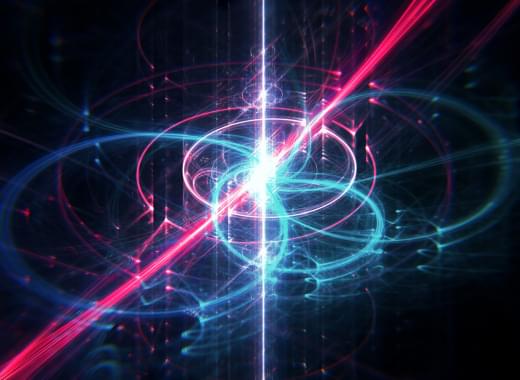Nov 1, 2024
Mesoporous MoS₂ strategy boosts efficiency and stability of perovskite solar cells
Posted by Shailesh Prasad in categories: solar power, sustainability
The efficiency and performance of photovoltaics (PVs) have improved significantly over the past decades, which has led to an increase in the adoption of solar technologies. To further enhance the performance of solar cells, energy researchers worldwide have been devising and testing alternative design strategies, leveraging different materials and cell structures.
